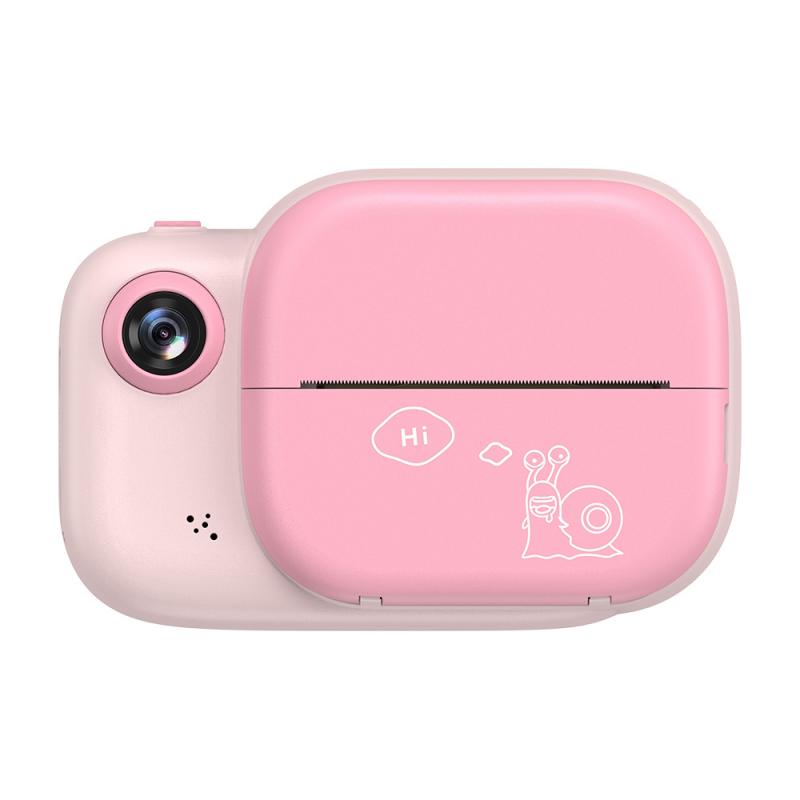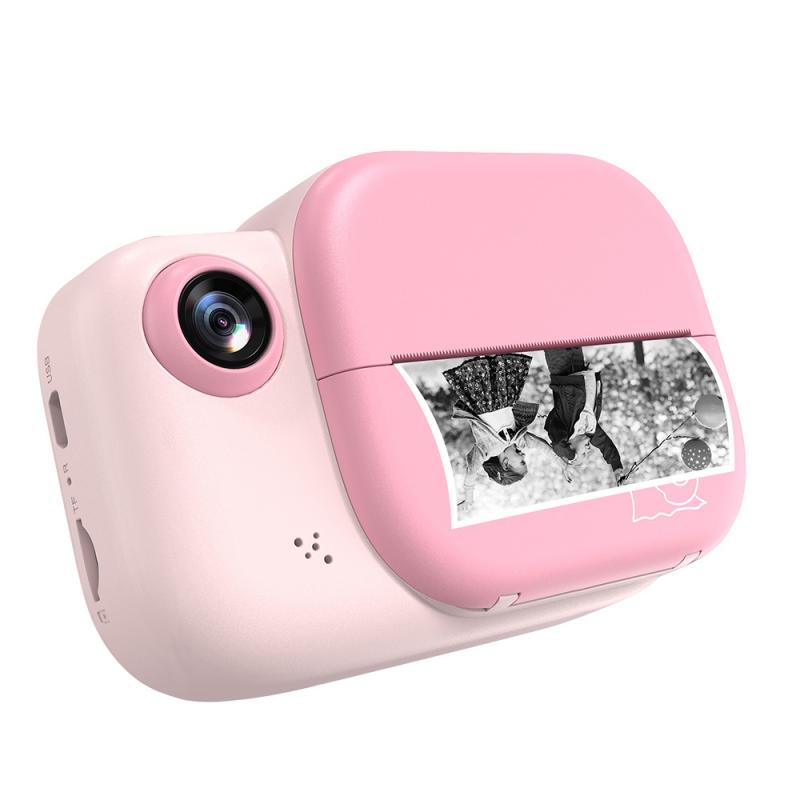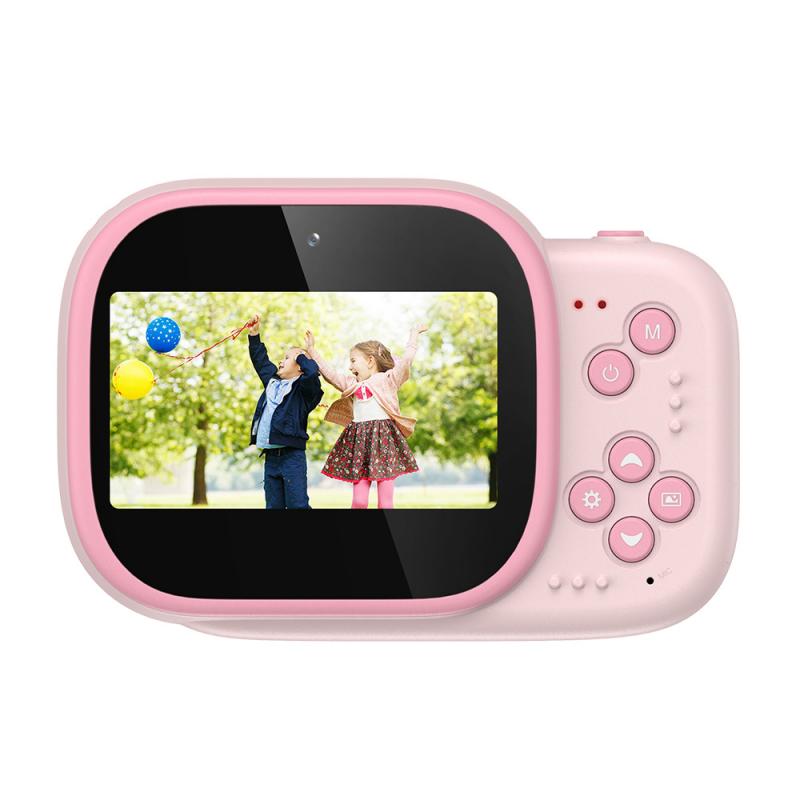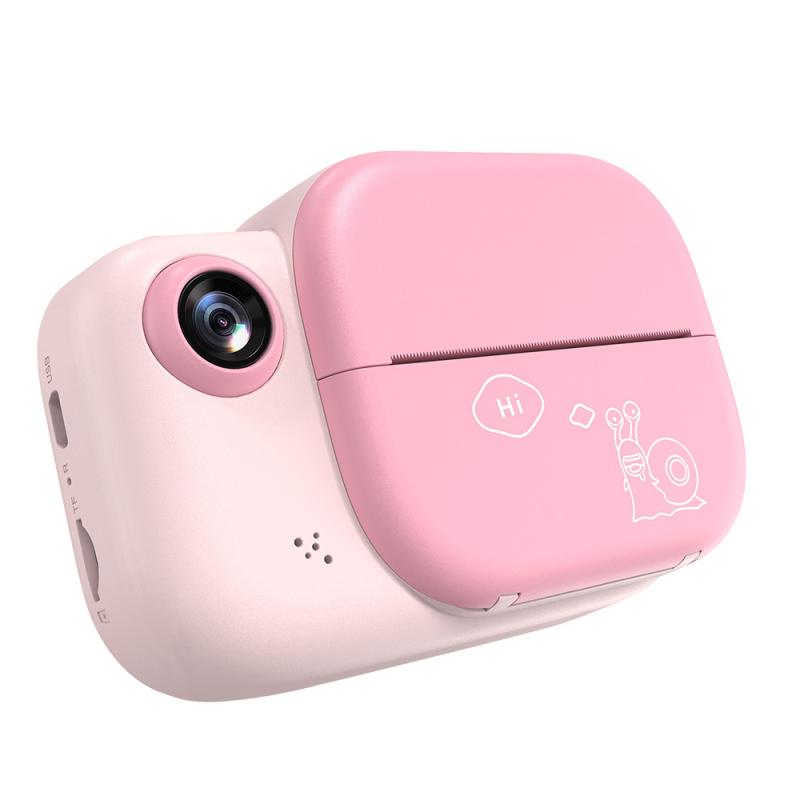How To Download Photos From A Digital Camera?
In today's digital age, capturing moments with a digital camera has become second nature to many of us. However, transferring those precious photos from your camera to your computer or other devices can sometimes be a bit confusing, especially for those who are not tech-savvy. This article aims to provide a comprehensive guide on how to download photos from a digital camera, covering various methods and addressing common issues that users might encounter.
Understanding the Basics

Before diving into the methods, it's essential to understand the basic components involved in the process:
1. Digital Camera: The device used to capture photos.
2. Memory Card: The storage medium inside the camera where photos are saved.
3. USB Cable: A cable that connects the camera to a computer.
4. Card Reader: A device that reads the memory card directly.
5. Computer: The device where you want to transfer the photos.
Method 1: Using a USB Cable

One of the most straightforward methods to transfer photos from your digital camera to your computer is by using a USB cable. Here’s how you can do it:
1. Turn Off the Camera: Before connecting your camera to the computer, make sure it is turned off.
2. Connect the USB Cable: Plug one end of the USB cable into the camera and the other end into a USB port on your computer.
3. Turn On the Camera: Once connected, turn on the camera. Your computer should recognize the device automatically.
4. Access the Camera: On your computer, open 'File Explorer' (Windows) or 'Finder' (Mac). You should see your camera listed as a removable device.
5. Transfer Photos: Navigate to the folder containing your photos, select the ones you want to transfer, and copy them to your desired location on your computer.
Method 2: Using a Memory Card Reader

If you prefer not to use a USB cable, a memory card reader is an excellent alternative. Here’s how to use it:
1. Remove the Memory Card: Turn off your camera and remove the memory card.
2. Insert the Memory Card into the Reader: Place the memory card into the appropriate slot in the card reader.
3. Connect the Card Reader to the Computer: Plug the card reader into a USB port on your computer.
4. Access the Memory Card: Open 'File Explorer' (Windows) or 'Finder' (Mac) and locate the memory card.
5. Transfer Photos: Navigate to the folder containing your photos, select the ones you want to transfer, and copy them to your desired location on your computer.
Method 3: Using Wi-Fi or Bluetooth

Many modern digital cameras come equipped with Wi-Fi or Bluetooth capabilities, allowing for wireless transfer of photos. Here’s how to do it:
1. Enable Wi-Fi/Bluetooth on the Camera: Go to the settings menu on your camera and enable Wi-Fi or Bluetooth.
2. Connect to the Computer: On your computer, go to the network settings and connect to the camera’s Wi-Fi network or pair the devices via Bluetooth.
3. Use the Camera’s App: Many camera manufacturers provide apps that facilitate the transfer of photos. Download and install the appropriate app on your computer.
4. Transfer Photos: Open the app, follow the on-screen instructions to connect to your camera, and transfer the photos wirelessly.
Method 4: Using Cloud Services
Another convenient method is to use cloud services to transfer your photos. Here’s how:
1. Enable Cloud Upload on the Camera: Some cameras have built-in options to upload photos directly to cloud services like Google Photos, Dropbox, or iCloud.
2. Connect to Wi-Fi: Ensure your camera is connected to a Wi-Fi network.
3. Upload Photos: Follow the camera’s instructions to upload your photos to the cloud service.
4. Access Photos on the Computer: Log in to the cloud service on your computer and download the photos.
Troubleshooting Common Issues
Despite following the steps, you might encounter some issues. Here are common problems and their solutions:
1. Camera Not Recognized by Computer:
- Ensure the USB cable is properly connected.
- Try a different USB port or cable.
- Restart your computer and camera.
2. Memory Card Not Recognized:
- Ensure the memory card is properly inserted into the reader.
- Try a different card reader or USB port.
- Check if the memory card is damaged.
3. Slow Transfer Speeds:
- Use a high-speed USB port (USB 3.0 or higher).
- Ensure your memory card is not full or fragmented.
4. Wireless Transfer Issues:
- Ensure both devices are on the same Wi-Fi network.
- Restart the camera and computer.
- Update the camera’s firmware and the app.
Tips for Efficient Photo Management
Once you have successfully transferred your photos, managing them efficiently is crucial. Here are some tips:
1. Organize Photos: Create folders by date, event, or category to keep your photos organized.
2. Backup Regularly: Use external hard drives or cloud services to back up your photos regularly.
3. Edit and Enhance: Use photo editing software to enhance your photos before sharing or printing them.
4. Delete Unwanted Photos: Regularly go through your photos and delete duplicates or unwanted shots to save space.
Downloading photos from a digital camera to your computer is a relatively simple process once you understand the various methods available. Whether you prefer using a USB cable, a memory card reader, wireless transfer, or cloud services, each method has its advantages. By following the steps outlined in this guide and troubleshooting common issues, you can ensure a smooth and efficient transfer of your precious memories. Remember to organize, back up, and manage your photos effectively to keep them safe and easily accessible. Happy photographing!
